Giovanni Fattori, Horses grazing, 1872 ca., Oil on canvas, cm. 88×176, Viareggio, Matteucci Institute
“Why is the painting of Mr. Farmers, do they shout from everywhere, if it has no subject that interests them?” Telemaco Signorini, another great protagonist of the late nineteenth-century movement, asked in the pages of the Gazzettino in 1866, when the painting The Macchiaioli of the Livorno painter won the prize of the Florence Encouragement Society. “Mr. Fattori”, replied Signorini himself, “has not created a form in this painting of his, he has created a feeling”. And it is precisely around feeling, seen as a red thread that runs through the art of the Tuscan master in every expression of him, that the project moves Factors. Humanity translated into paintingscheduled from 16 December to 1 May with the curatorship of Claudia Fulgheri, Elisabetta Matteucci and Francesca Panconi.
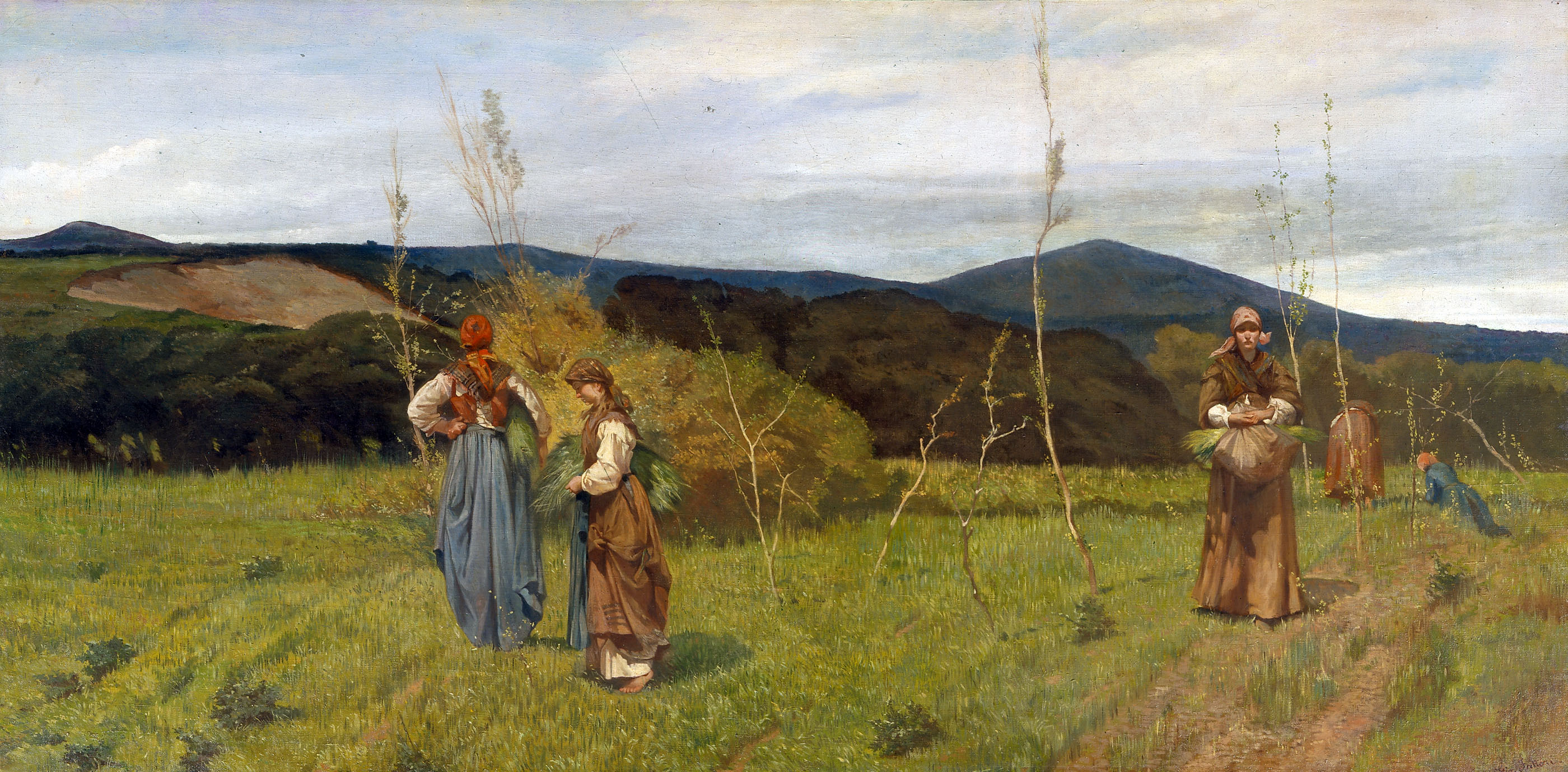
Giovanni Fattori, The Macchiaioli. Near Livorno near Antignano, 1866 ca., Oil on canvas, cm. 90×180, private collection
More than 70 works arriving for the occasion at the Palazzo delle Esposizioni of Genus Bononiae with the collaboration of the Matteucci Institute. All together they will return “the unaware poetry”, “the gaze at the same time in love and disenchanted” of the artist on the world. “In the ability to free the essence of the transitory, fixing it in the different pictorial genres with which he dealt with, lies Fattori’s modernity, understood as the ability to grasp the immutability of human feeling, the eternity behind contingency”, write the creators of the exhibition.
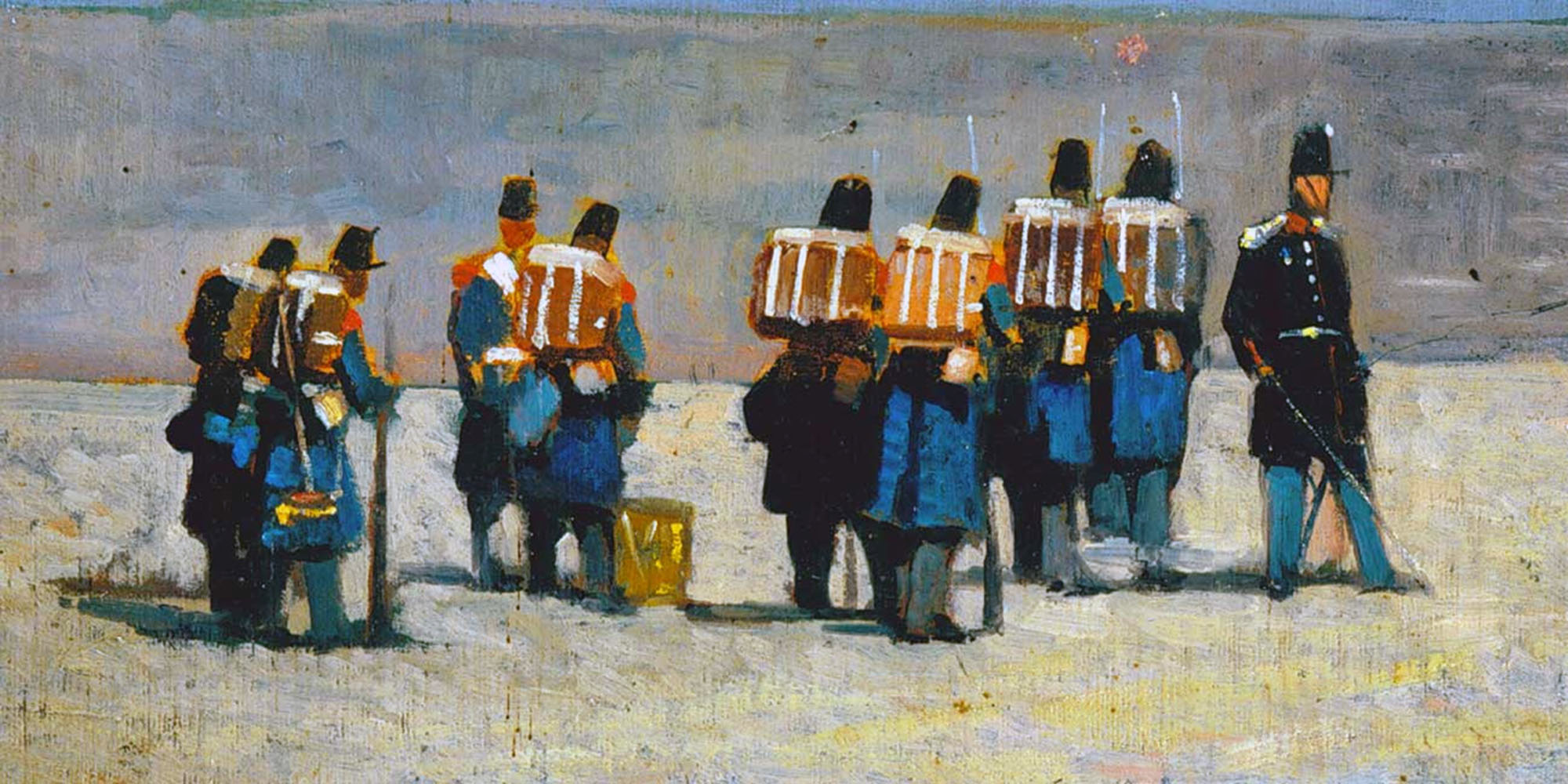
Giovanni Fattori, French Soldiers of ’59, 1859. Oil on panel. Private collection
The itinerary of Palazzo Fava is an all-round journey into the career of the master della Macchia, where the creative evolution over time is intertwined with his favorite themes: from the story of the Risorgimento, where he was already experimenting with a new use of light and color, landscapes and the representation of the human figure. There are the “portraits of the soul”, where psychological sensitivity is combined with Tuscan-style realism, from the most intimate paintings dedicated to friends and relatives to subjects linked to the Maremma (the Buttero, The red shawl, Sea wolf, Old sailor).
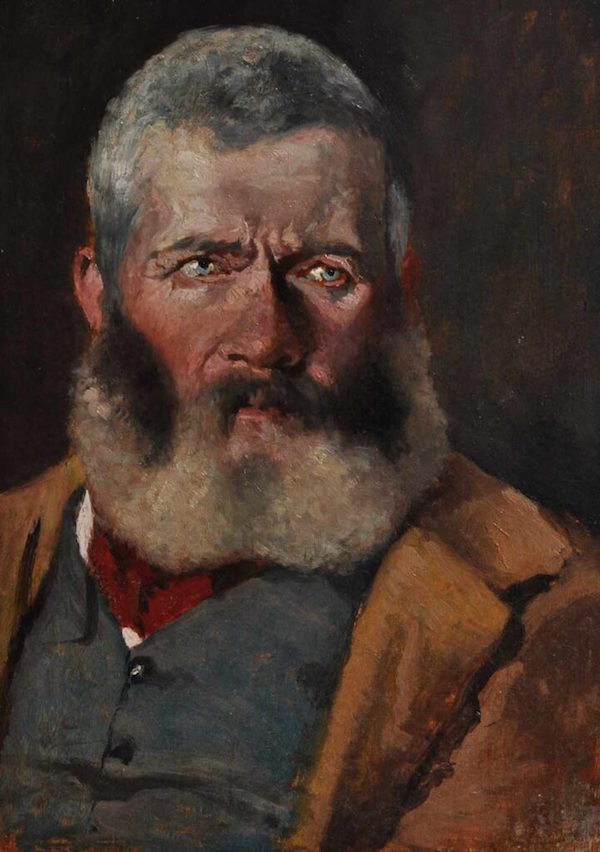
Giovanni Fattori, Portrait of a buttero, around 1882. Oil on the table. Private collection
The Tuscan landscape is among the main protagonists of Fattori’s painting: from the attentive and somewhat nostalgic story of a Florence at the dawn of modernity, between carriages and reddish roofs, up to the splendid marine views. And of course the landscapes of Castiglioncello cannot be missing, that corner of Tuscany between land and sea which was the favorite laboratory of the Macchia painters.
Subsequently, the artist will recognize the trace of his own sincere and genuine soul in the primordial vitality of the Maremma, where the symbiosis between man and animal is a constant in daily life. The encounter with the countryside of the Tuscan plain is a discovery by the now mature Fattori, who thus finds a new creative impetus: on display this extraordinary season will be represented by masterpieces such as He leads her in Maremma And Avenue with oxen and stonecutterswhich projected Fattori’s fame outside Italy at the Philadelphia International Exhibition in 1876.
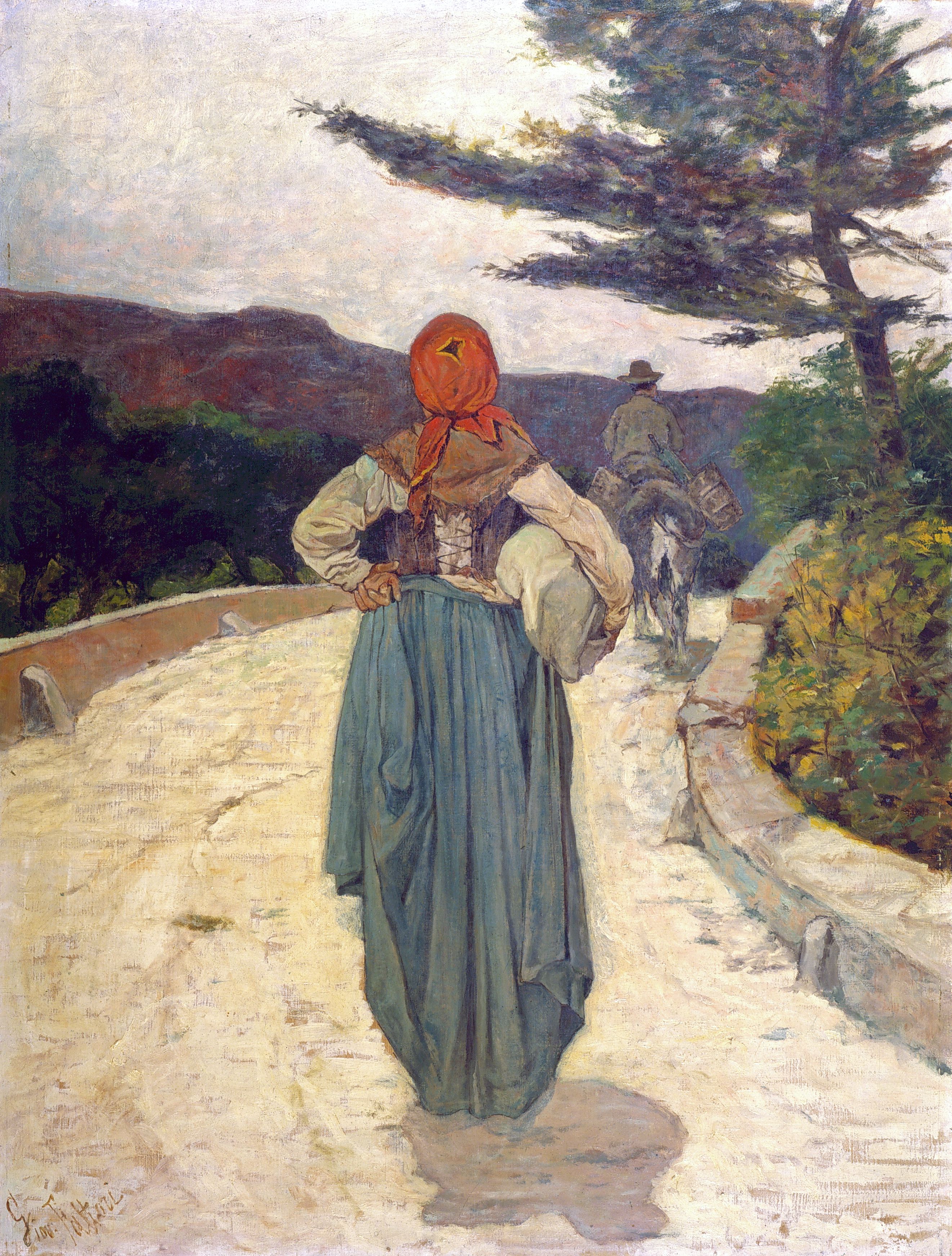
Giovanni Fattori, The White Road, 1887. Oil on canvas. Matteucci Institute, Viareggio
“The renewed attention towards the Macchiaioli”, comment the curators Claudia Fulgheri, Elisabetta Matteucci and Francesca Panconi, “is confirmed today by the interest shown in their painting by foreign museums. This is what emerged in the planning stages of an exhibition in which authentic milestones worthy of the most prestigious public locations stand out. The most attractive element of the exhibition consists precisely in the opportunity to lift the veil on them, returning a Fattori, if we can say so, ‘private’, less known and investigated”.
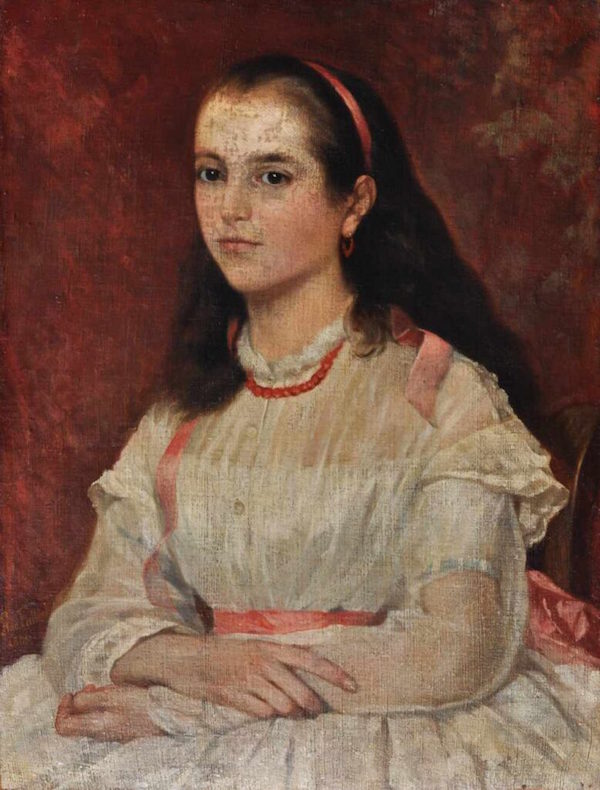
Giovanni Fattori, Portrait of Augusta Cecchi Siccoli, 1866. Oil on canvas. Matteucci Institute, Viareggio
Read also:
• From Pisa to Trieste, an autumn with the Macchiaioli
• Journey to Maremma with the Macchiaioli

